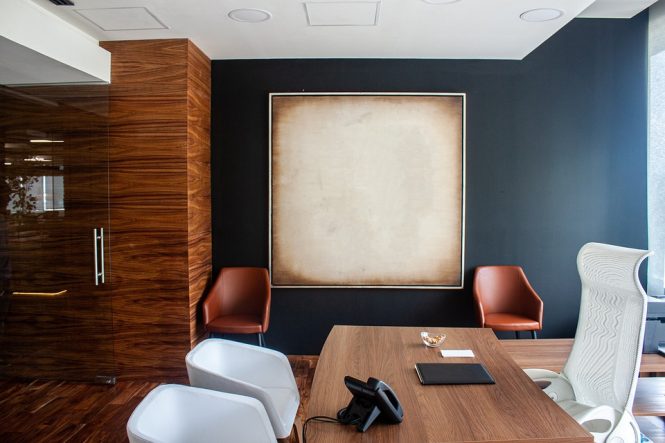
The Benefits of Agile Workspaces: How to Create a Flexible Office
In today’s fast-paced business environment, companies need to be adaptable and responsive to changing market conditions, customer needs, and technological advancements. One key strategy for achieving this agility is by adopting an agile workspace, which enables employees to work flexibly and collaboratively, driving innovation and productivity.
What are Agile Workspaces?
Agile workspaces, also known as flexible or activity-based workspaces, are designed to support the dynamic and ever-changing needs of modern businesses. These spaces move away from traditional, rigid office layouts and instead provide a variety of environments that cater to different work styles, tasks, and preferences. Agile workspaces prioritize collaboration, innovation, and employee well-being, creating an environment that is conducive to creativity, productivity, and growth.
Benefits of Agile Workspaces
The benefits of agile workspaces are numerous and can have a significant impact on an organization’s performance. Some of the key advantages include:
- Increased Collaboration: Agile workspaces encourage collaboration and communication among employees, facilitating the sharing of ideas and expertise. This leads to better problem-solving, improved decision-making, and increased innovation.
- Improved Productivity: By providing a range of work environments, agile workspaces allow employees to choose the space that best suits their needs, leading to increased productivity and focus.
- Enhanced Employee Experience: Agile workspaces prioritize employee well-being, providing amenities such as wellness rooms, social areas, and flexible work arrangements, which can lead to increased job satisfaction, engagement, and retention.
- Cost Savings: Agile workspaces can also help reduce costs by optimizing space utilization, reducing the need for dedicated desks, and promoting shared resources.
- Increased Agility: By providing a flexible and adaptable workspace, companies can respond more quickly to changing market conditions, customer needs, and technological advancements.
Creating an Agile Workspace
To create an agile workspace, consider the following strategies:
- Conduct an Employee Survey: Understand the needs and preferences of your employees, including their work styles, tasks, and requirements.
- Assess Your Space: Evaluate your existing space and identify areas for optimization, including underutilized spaces or areas that can be repurposed.
- Design for Flexibility: Incorporate a range of work environments, including open spaces, private offices, meeting rooms, and collaboration areas.
- Incorporate Technology: Leverage technology, such as mobile apps and digital signage, to facilitate communication, collaboration, and space management.
- Foster a Culture of Agility: Encourage a culture of flexibility, adaptability, and continuous learning, and provide training and support to help employees thrive in an agile workspace.
- Monitor and Evaluate: Regularly assess the effectiveness of your agile workspace and gather feedback from employees to identify areas for improvement.
Design Elements of an Agile Workspace
An agile workspace should incorporate a range of design elements that support collaboration, innovation, and employee well-being. Some key design elements include:
- Open and Collaborative Spaces: Incorporate open spaces that facilitate collaboration and communication, such as meeting rooms, brainstorming areas, and social lounges.
- Private and Quiet Spaces: Provide private offices, quiet rooms, or focus areas that allow employees to concentrate and work individually.
- Wellness and Amenities: Incorporate wellness rooms, fitness areas, and amenities such as cafes, snack bars, or game rooms to promote employee well-being and engagement.
- Flexible Furniture: Incorporate flexible furniture, such as modular desks, ergonomic chairs, and movable walls, to create a dynamic and adaptable workspace.
- Technology Integration: Leverage technology, such as interactive whiteboards, virtual reality tools, and video conferencing equipment, to facilitate collaboration, communication, and innovation.
Conclusion
In today’s fast-paced business environment, companies need to be agile, adaptable, and responsive to changing market conditions, customer needs, and technological advancements. By creating an agile workspace, organizations can support collaboration, innovation, and employee well-being, driving productivity, growth, and success. By incorporating flexible work environments, technology, and design elements, companies can create a workspace that is tailored to the needs of their employees, fostering a culture of agility, creativity, and continuous learning.